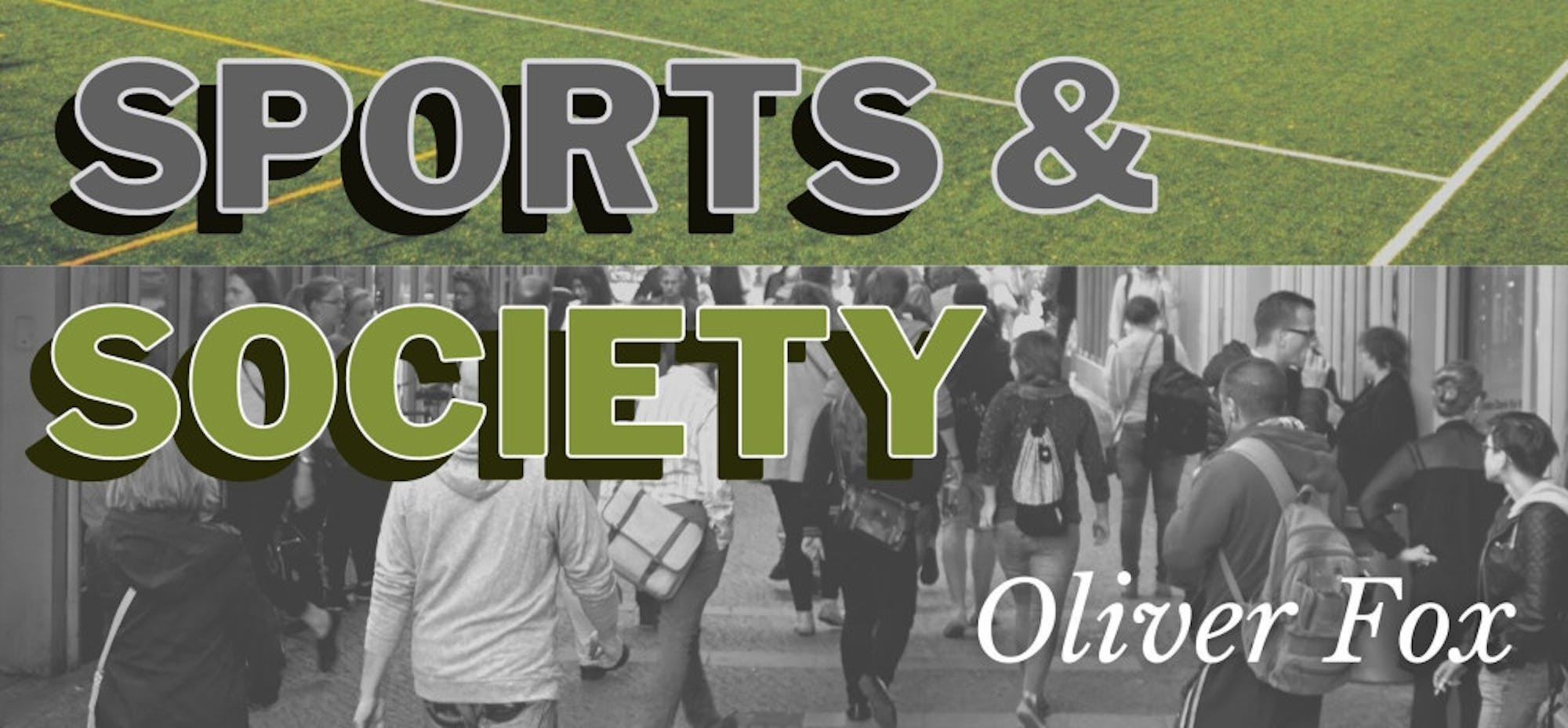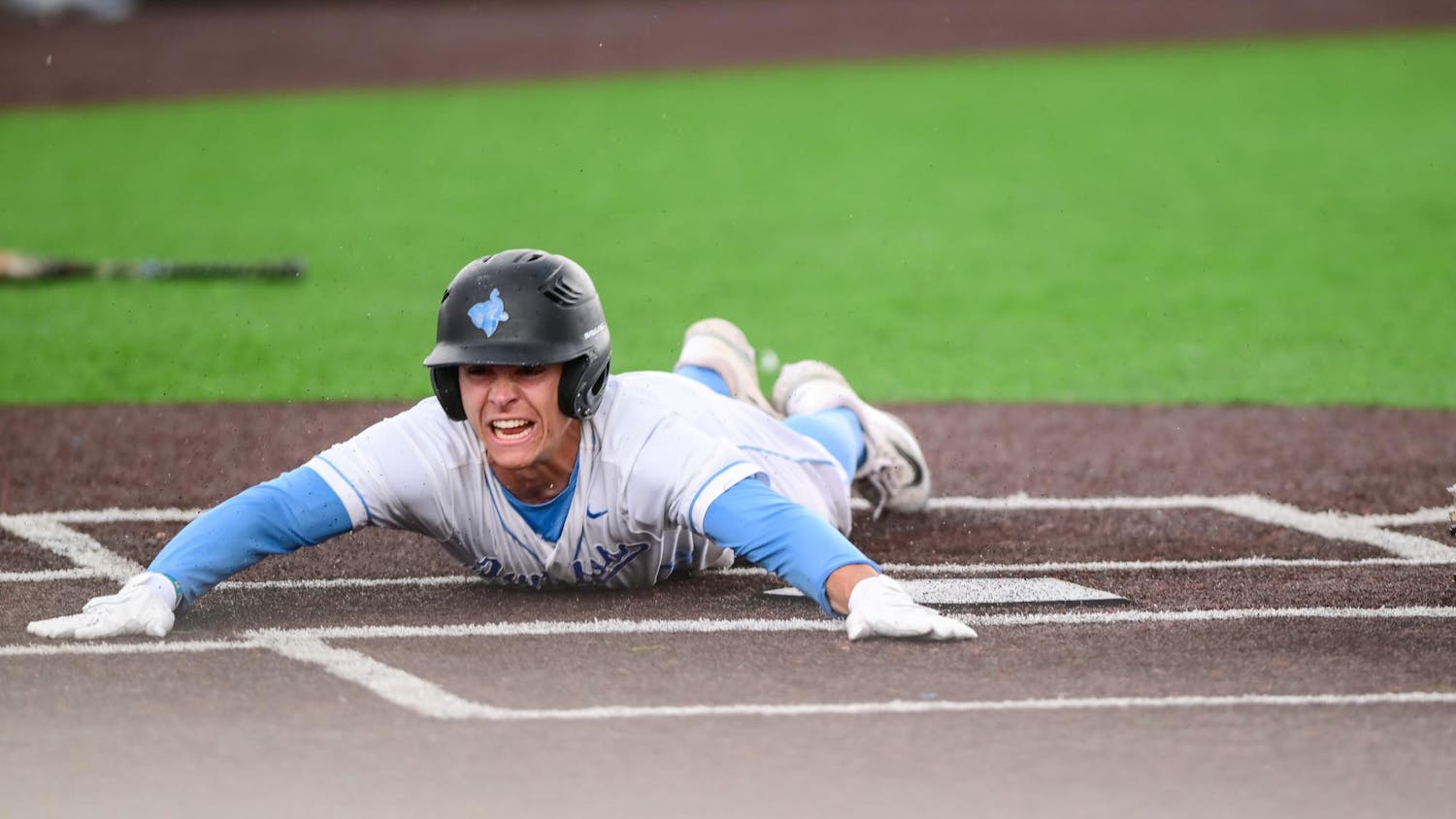Since a 2019 California law blew the lid off of student athletes getting paid, American governmental bodies have been gunning for the borderline illegal monopoly the NCAA and college athletic departments have had on revenue streams. The California law and subsequent measures held that student athletes could receive compensation for their names, images and likenesses, known collectively as NIL, a major step for student athlete compensation, but stopped miles short of actually paying them for their work.
In 2021, the Supreme Court unanimously ruled in NCAA v. Alstonthat student athletes could receive non-cash benefits tied to education that could provide more significant compensation for their play. The NCAA freaked out but kept counting checks.
The NCAA has frequently claimed that student athletes cannot profit from their athletic achievements in college because of the tradition of “amateurism,” and the necessity for a distinction between college and professional athletics. But maybe once the NCAA notices that the stupidity of “amateurism” got Elena Kagan and Brett Kavanaugh on the same page, they will rethink their blatantly hollow defense of the wholesale exploitation of student athletes, while coaches and programs make tens of millions of dollars off of the free labor of students.
It is plainly obvious that student athletes should be compensated for their play on the field. Professional athletes make millions of dollars because that is what their labor is worth to the market. LeBron James makes $45 million per year because the NBA makes over $10 billion per year. Everyone deserves a proportional piece of the pie for what they bring to the table. College sports pretend to be different. They’re not.
The Big Ten, one of the premier college football conferences in the country, recently signed a seven-year, nearly $8 billion deal with major TV networks to broadcast games through 2030. The value of Big Ten programs is going to balloon, yet the players, the subject of what people actually watch college football for, get none of that money.
The NIL system, in which players may be paid for their autographs, commercials, shoe deals and whatever else they can put their name, image or likeness on, is not a solution to the exploitation of student athletes. It is a cop-out, weaponized by the NCAA and programs in a losing effort to not share any of the immense profits college sports bring in each year.
NCAA v. Alston made the federal government’s attitude toward student athlete compensation abundantly clear. They will not protect the NCAA against efforts to pay players. The logical conclusion of this story is obvious: whether they like it or not, college athletic programs will eventually have to pay players for the services that make them billions.
But instead of embracing the inevitable, the NCAA chooses to cower in silence, praying no one takes them to court and knocks the top off the scheme just before profits skyrocket with new TV deals coming. Because of the lack of leadership, college sports is not ready for the influx of capital that is about to hammer it. Surely nothing will go wrong here.






